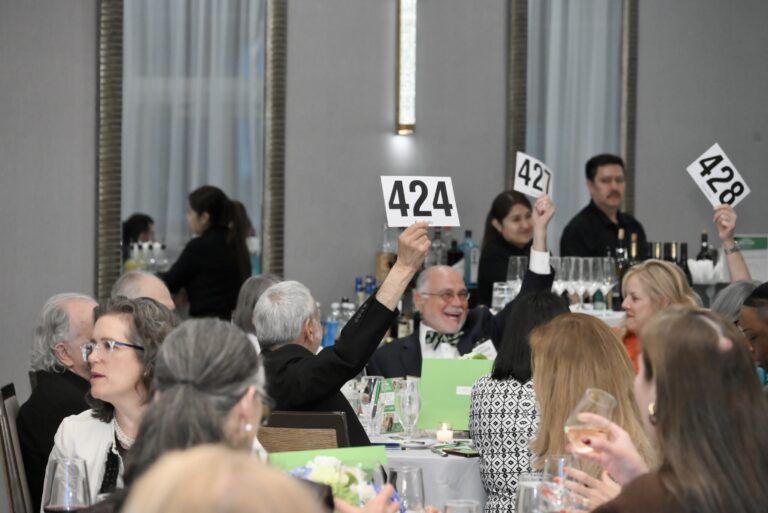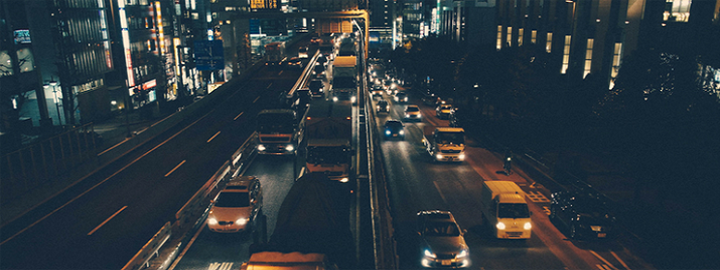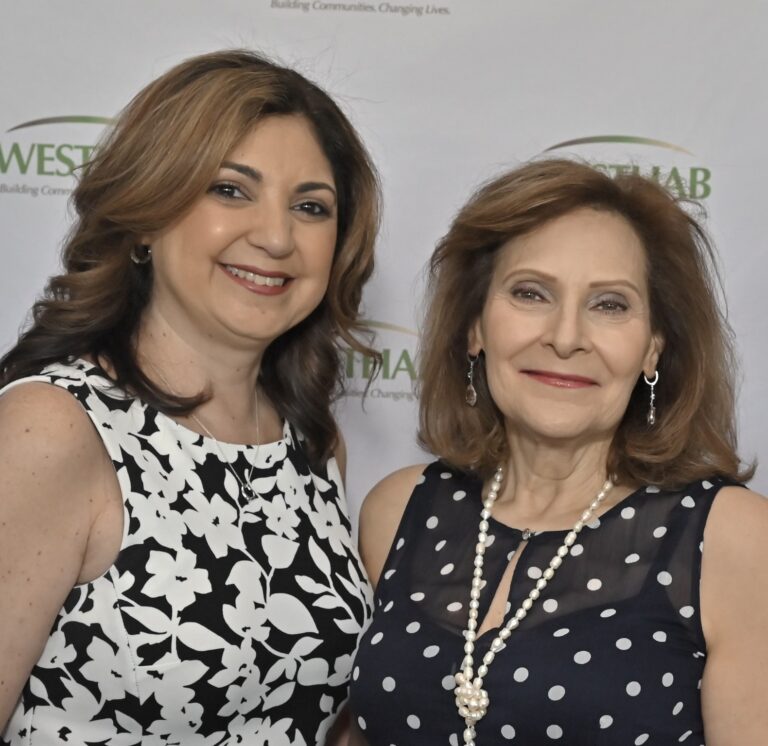
|
Rich Nightingale
A Long Commute

New York City and the larger metropolitan area have always been heralded for diversity. Take a ride on a New York City subway, and it’s likely you will hear more than one language and see people of various ages, races, ethnicities, and income brackets. But as Manhattan has gotten “cleaned up”—transforming “seedy” neighborhoods into more expensive ones—it has caused tremendous displacement of low- and moderate-income members of our community. The problem has spread to the outer boroughs, and it is quickly spreading beyond into the suburbs.
Looking at the number of new buildings and the price tags attached, it is hard not to ask, “Who are all these rich people that can afford these rents?” But landlords and developers charge what the market will bear, and the cost of housing and the general cost of living in New York can be simply crushing.
But this is great, right? From seedy to transformed—increased property values, thriving communities. The problem is that society needs income diversity to thrive. We need the bus driver to get the doctor to the hospital just like we need the doctor. We love to go out to eat, so we need cooks and waiters and busboys. And in this new luxury housing, we need help getting things delivered, cleaned, and fixed. So if we only build housing of one type—expensive and luxury—but we need community members of all types, where do the lower-income people go?
One common solution is moving farther out to be able to afford housing. This often comes with spending hours commuting each day. Four hours per day in transit, two hours each way (often from one full-time job to a second or third job), are hours that are not being spent at the dinner table building a family. Often, they are hours where daycare needs to be paid for or other arrangements need to be made. We’ve decided that it’s okay for the lower income community members, people whose efforts we value, to spend their lives commuting.
But how far can we push? When the bus driver calls in sick, it would be helpful if a substitute driver lived in the service community rather than two or more hours away. Communities are strong when we all bump into each other at the grocery store, when all can be part of the fabric. We can’t have a society for many types of people and only build housing for one type. That equation will never work.
More Articles


Westhab awarded a $200,000 grant from Mother Cabrini Health Foundation to Support Children in Shelter
Read More >>